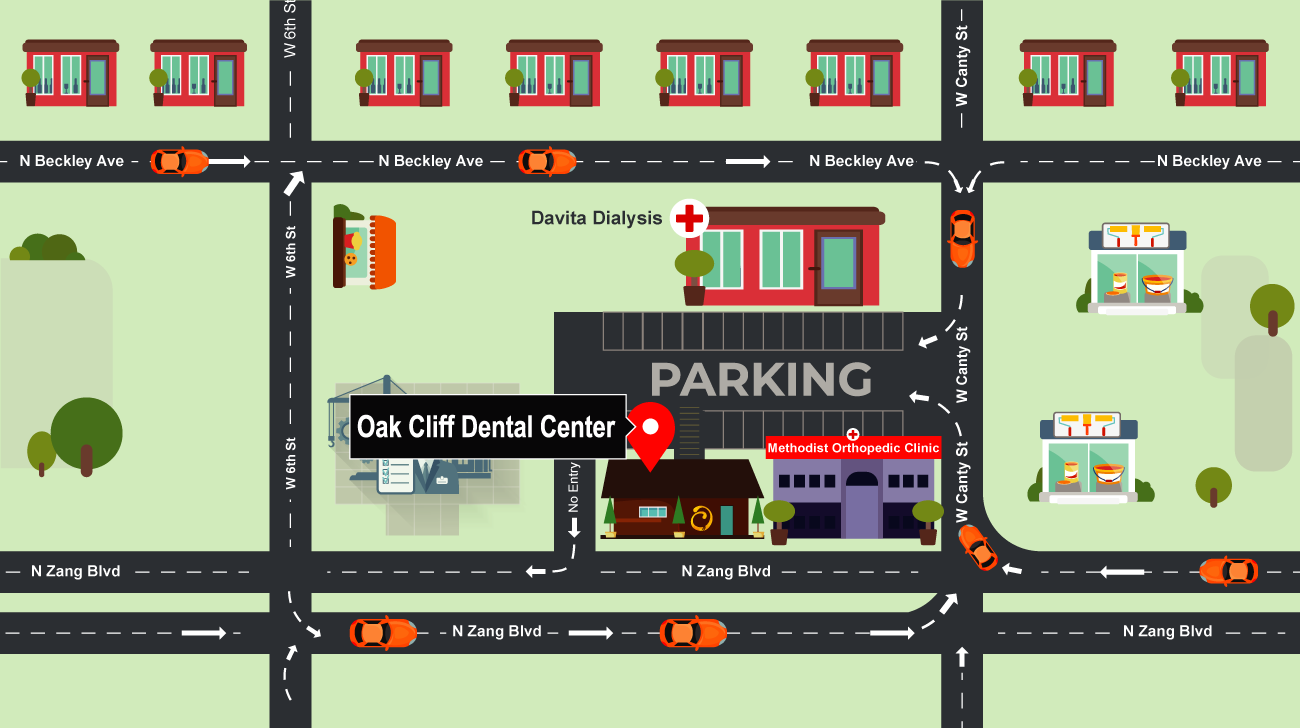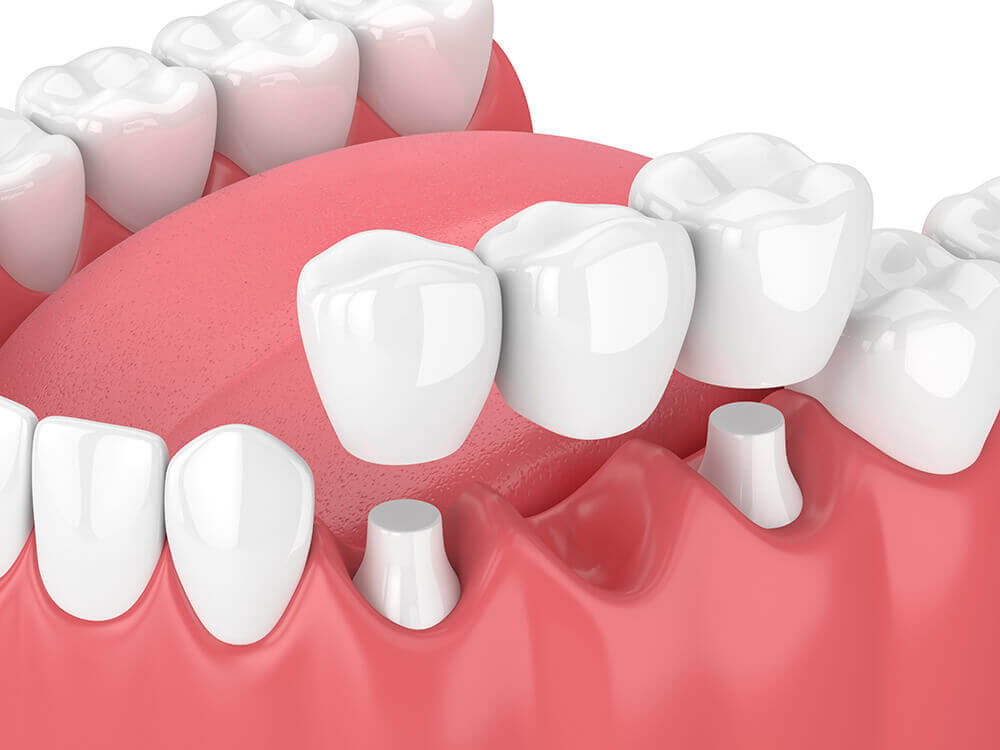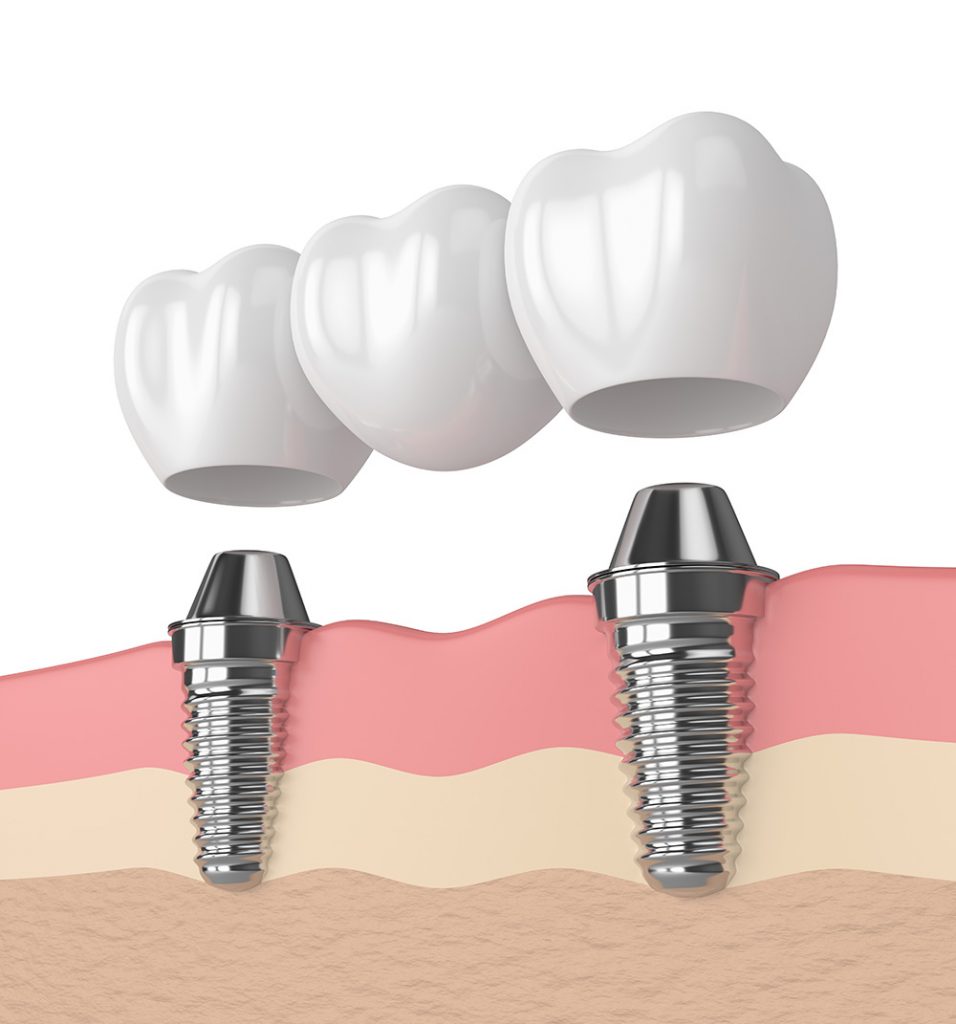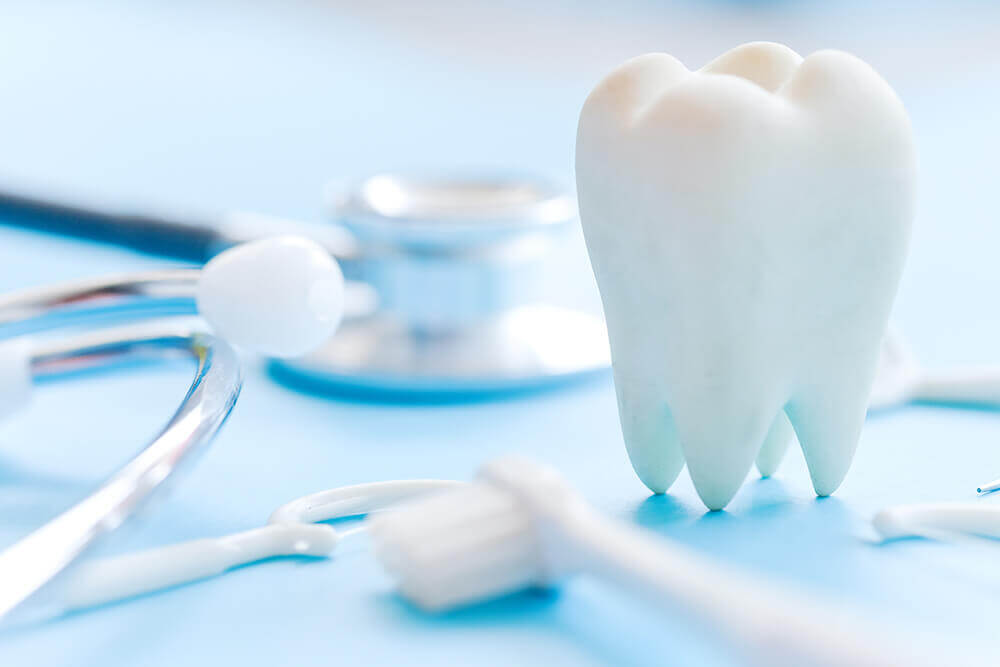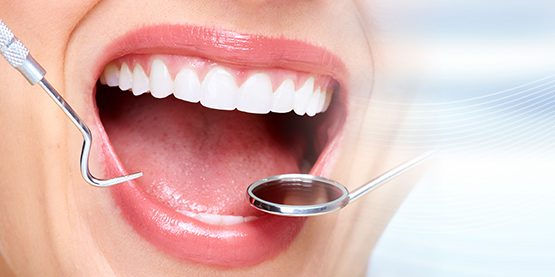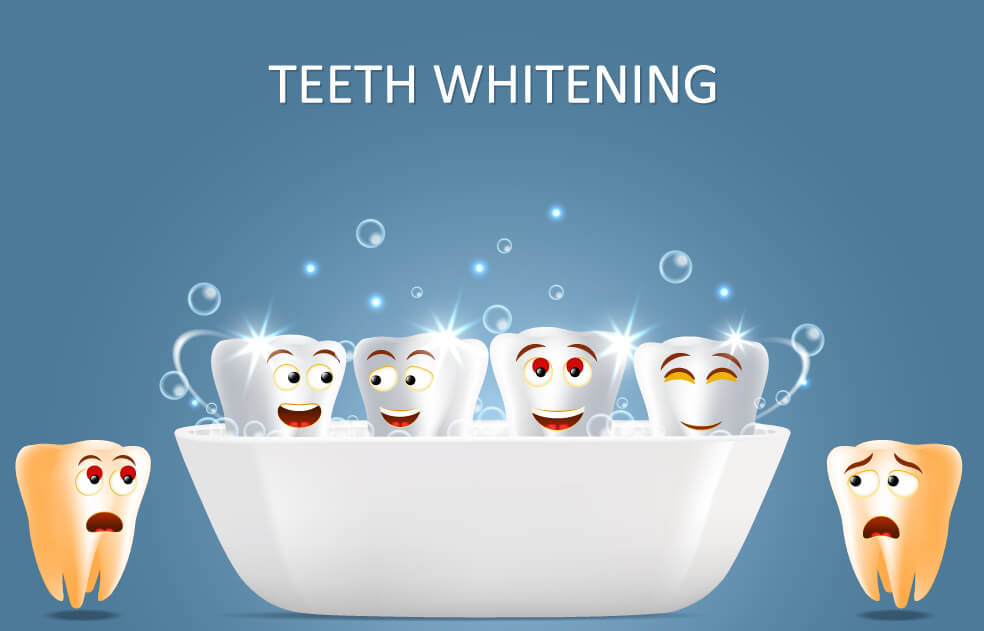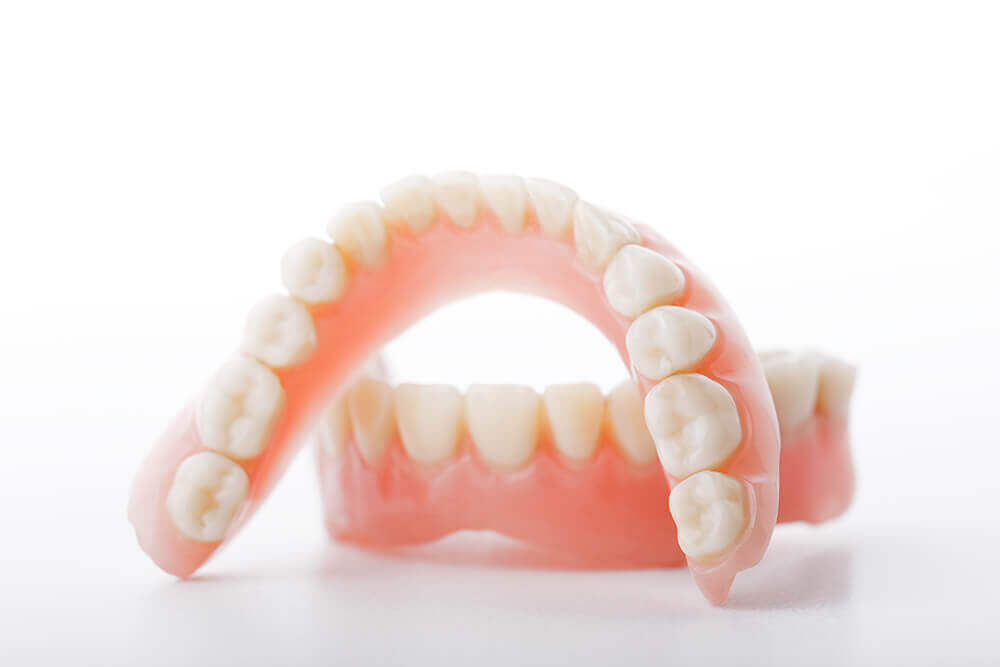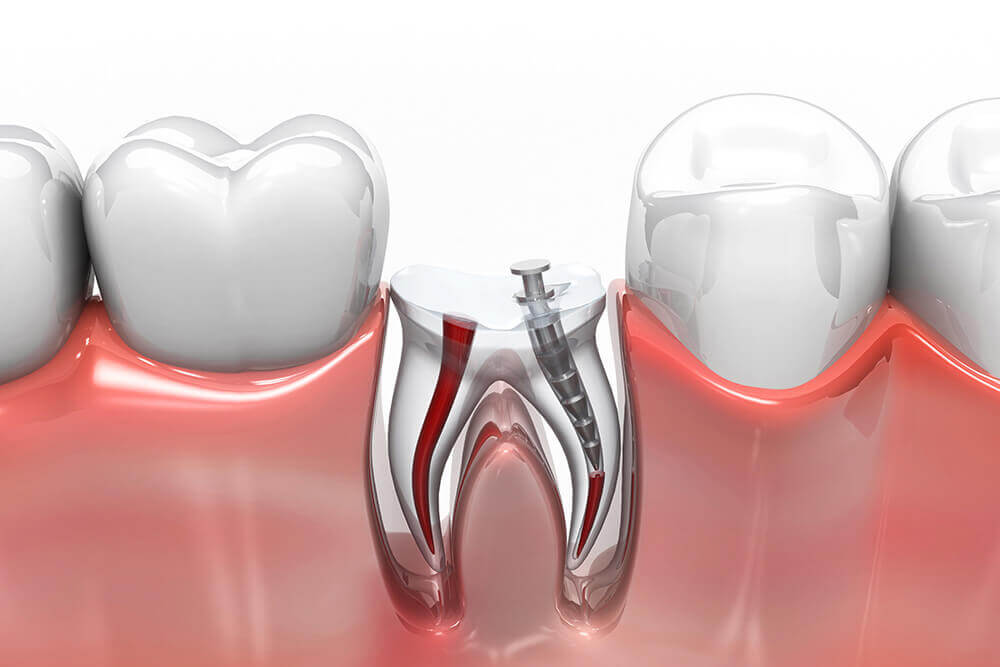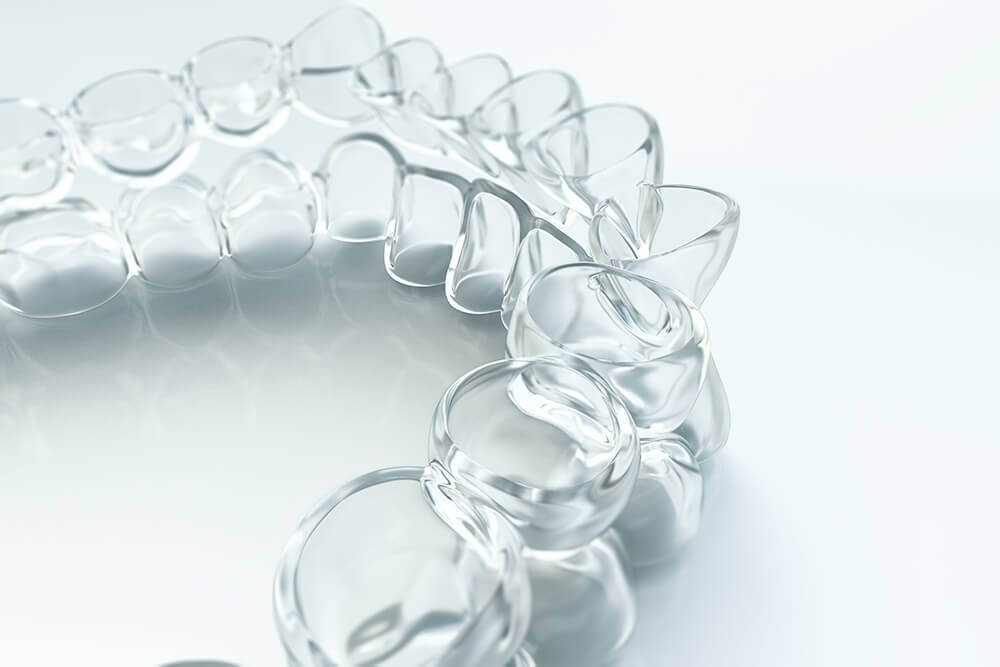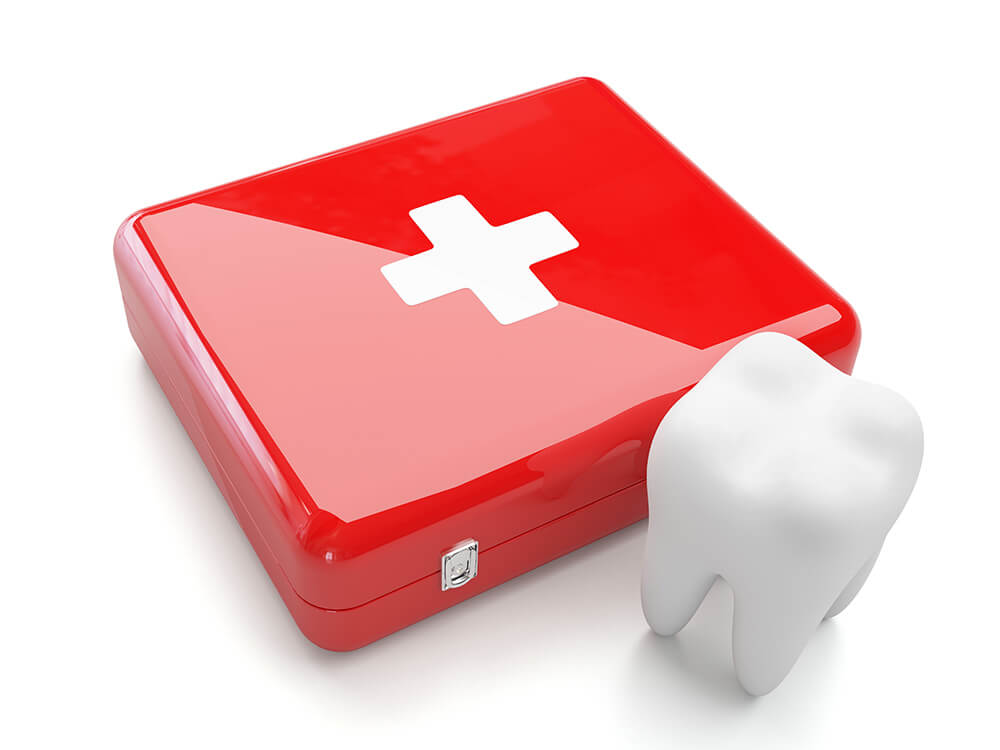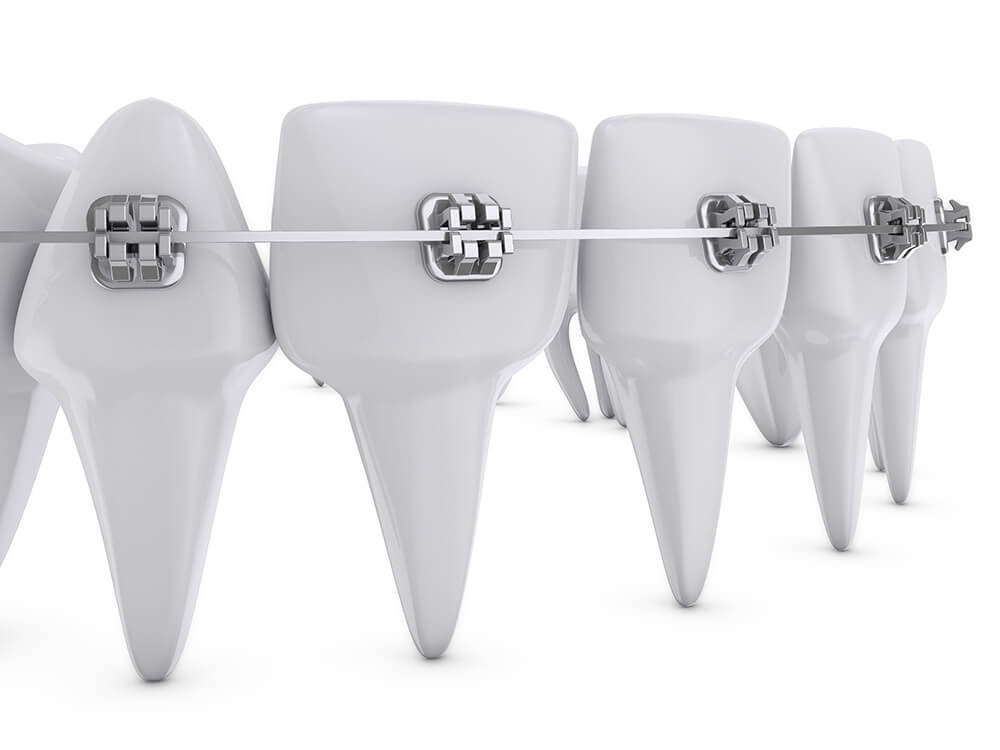Crown & Bridges
Dental Crown
A dental crown is a tooth-shaped “cap” custom made for you to sit over your existing tooth after necessary and accurate fitting adjustments – its primary purpose is to protect your tooth that it sits on, to restore its size, shape, strength, and aesthetics. Crowns become essential when your own teeth are not strong enough to withstand regular chewing or biting.
One a crown is placed over the tooth, it completely conceals the entire visible part that it resides at, just above the gum line.
When your tooth is restored and covered by a crown, it will remain protected from any further damage that is more likely to occur if you don’t get it. It gets a new lease on life. At Oak Cliff Dental Center, we take pride in placing the most natural crowns one can have. We will fit flawlessly at the base of your gumline to make it as comfortable and natural as possible.
Signs you need a crown
You may be the right candidate of the Crown if you have any of the following:
- Dental decay, cracked tooth, broken or chipped tooth, or a weak truth.
- A worn down tooth.
- Filling that is large, and the tooth is not able to hold itself together.
- A dental bridge that needs to be in place
- Disfigured or severely discolored teeth
- Dental Implant that needs to be covered by a dental crown
- Gaps between my teeth
Root Canal Therapy
What’s The Process Involved?
The procedure may require a few appointments. We will take your Dental impressions to ensure your custom fit crown fits perfectly and naturally. If you have anxiety regarding the procedure, we provide you a relaxed environment where we can work on you while you listen to music or watch your favorite show or game. Nitrous Oxide also helps patients with anxiety.
In the first appointment, we recontour your existing tooth we planned for a crown. We do it by removing a portion of your enamel to make room for a crown to sit on it. Once prepared, your impression is taken and sent to the lab for preparation of the crown. Lastly, we will place it on the prepared tooth.
Zirconia & Ceramic Dental Crowns Zirconia, all Ceramic (EMAX) dental crowns are a perfect combination of robustness and cosmetics. They are strong, lost lasting, aesthetically pleasing. We can also arrange for your custom shading so that your crown perfectly matches your natural teeth.
Dental Bridges
It factually is a bridge but in your mouth. It is meant to cover the gap between two or more missing teeth.
It is made up of two or more crowns sitting on each side of the gap between missing tooth called abutments. These abutments are connected with artificial tooth/teeth called Pontics. Natural teeth or Implants support dental bridges. These abutments and Pontics form one unit to fill the gap and work in conjunction to give chewing and biting strength.
We prefer to provide you with a bridge made of Zirconia and Porcelain – No more metallic bridges!
Benefits of Dental Bridges?
Bridges help you:
- Restore your natural smile
- Maintain the shape and contours of your face
- Restore your ability to chew, bite, and speak.
- Prevent remaining teeth from shifting, therefore preventing orthodontic issues.
What’s The Process Involved?
Once we diagnose and treatment plan a bridge for you, we will prepare your dental abutments in the first appointment by recontouring your existing teeth being used to anchor the bridge. We will achieve that by removing a portion of your enamel to make room for a crown to sit on. Once prepared, your impression is taken and sent to the lab for preparation of the unit we call bridge, comprising abutments and Pontics.
During the first visit for getting a dental bridge, we prepare the abutment teeth. Preparation involves recontouring these teeth by removing a portion of enamel to allow room for placing a crown over them. Next, we prepare the impression of your teeth, which serve as a model from which the Dental Lab will make the Bridge comprising Pontics and abutments. Your dentist will make a temporary bridge to wear to protect the exposed teeth and gums until we place the Bridge on them.
During the second visit, we will remove your temporary bridge, and the new porcelain bridge will be checked and adjusted, as necessary, to achieve a proper fit. The time it takes to fit seamlessly is sometimes dependent from individual to individual and therefore may vary from case to case. Your dentist may temporarily cement it in place for a couple of weeks to make sure it fits right. After a couple of weeks, the doctor will cement the bridge permanently.
How Do I Care for a Bridge?
The success of a bridge depends on the health of surrounding teeth and the teeth used to anchor the abutments. Brushing twice a day and flossing and using an antiseptic mouthwash daily helps prevent tooth decay and gum disease that can lead to tooth loss and weakening of the supporting teeth. Your dentist or dental hygienist can demonstrate how to brush and floss teeth properly. Keeping a regular cleaning schedule with our hygienist will help diagnose problems at an early stage. You must know the flossing a bridge is not like flossing your natural teeth. It requires special floss and technique; our hygienist will train you for that.
Bridge Using Dental Implants
Dental Implants are, in most cases, a better way of bridging the gap than a conventional bridge. They are stronger, longer lasting, and they feel and look natural.
A dental implant has three parts:
- A titanium screw (called an implant) embedded into the jawbone, replacing the original root
- A porcelain crown
- A connector that joins the two pieces (called an abutment)
The titanium screw fuses to the bone, making implants more durable than other options — one of the reasons more than 3 million Americans have opted for these implants and more than 500,000 get the procedure each year, according to the American Academy of Implant Dentistry.
Visit our Implants page for more details or click here
 820 North Zang Blvd., Suite 110 Dallas, TX-75208
820 North Zang Blvd., Suite 110 Dallas, TX-75208  (214)-948-3364
(214)-948-3364 

 Make A Payment
Make A Payment
